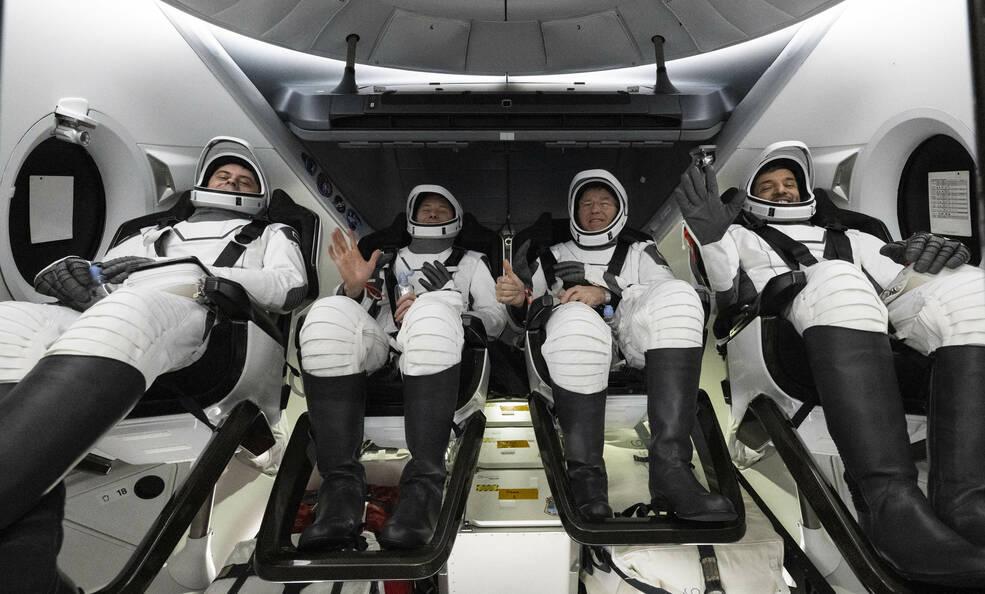
Roscosmos cosmonaut Andrey Fedyaev, left, NASA astronaut Warren “Woody” Hoburg, second from left, NASA astronaut Stephen Bowen, second from right, and United Arab Emirates astronaut Sultan Alneyadi, right, inside the SpaceX Dragon Endeavour spacecraft.
Subscription Required
Space Station Returnees Grateful For Scientific Opportunities is published in Aerospace Daily & Defense Report, an Aviation Week Intelligence Network (AWIN) Market Briefing and is included with your AWIN membership.
Already a member of AWIN or subscribe to Aerospace Daily & Defense Report through your company? Login with your existing email and password.
Not a member? Learn how you can access the market intelligence and data you need to stay abreast of what's happening in the aerospace and defense community.




